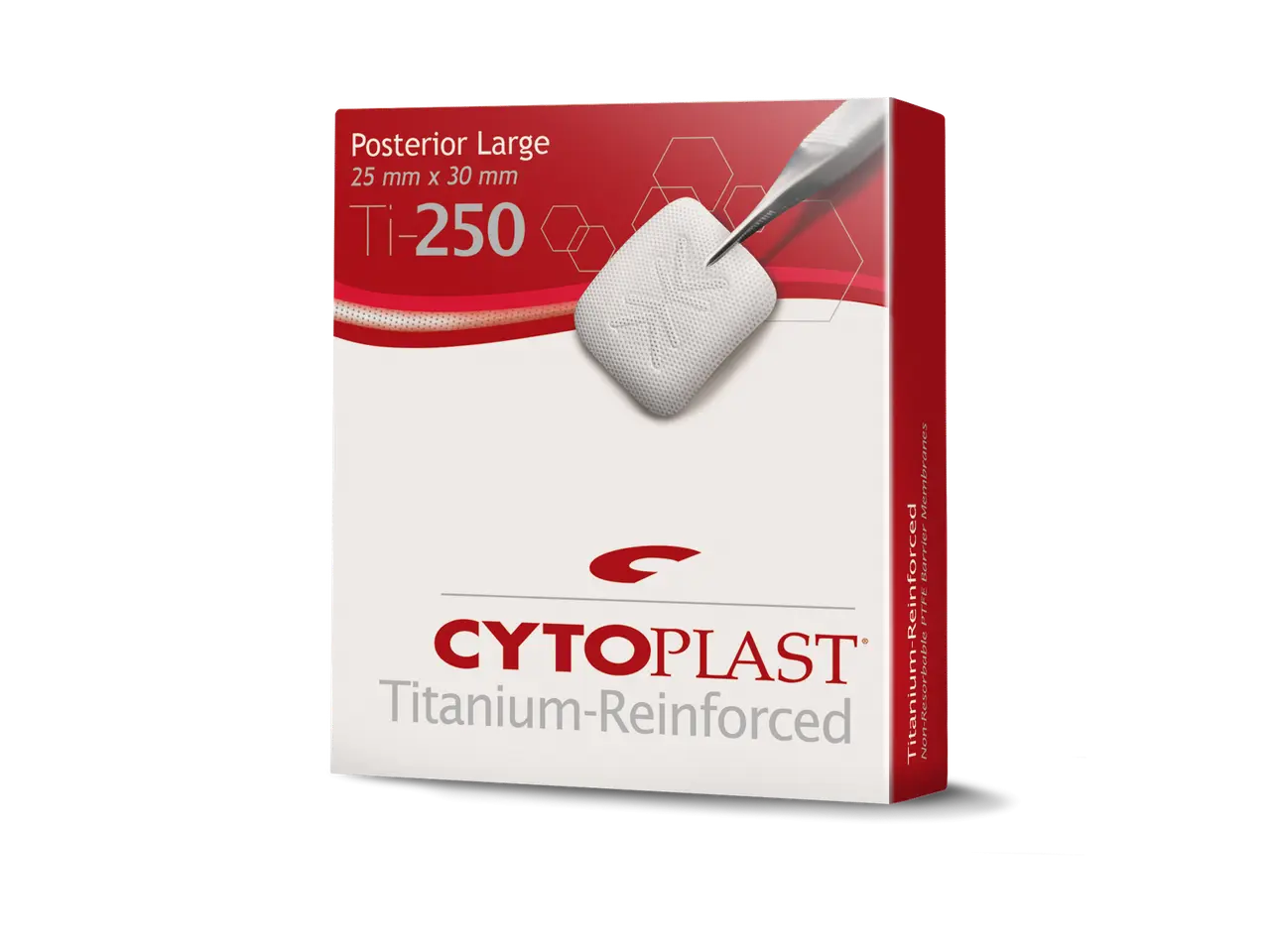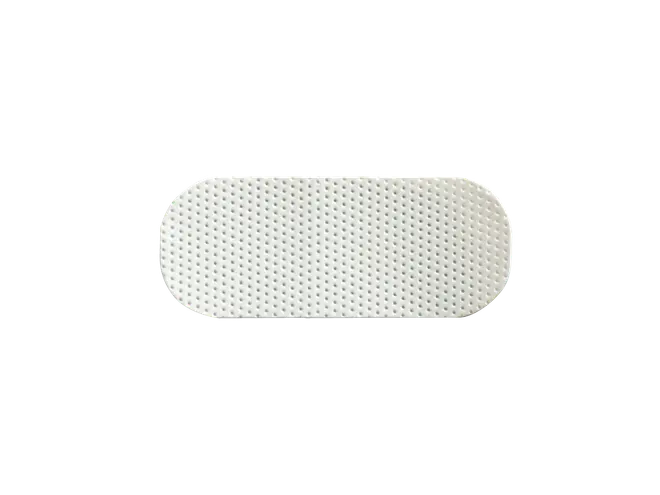Cytoplast™ TXT-200 Non-Resorbable High-Density PTFE Membrane
- Non-resorbable high-density PTFE membrane
- Ideal dental membrane for socket grafting and grafting where primary closure is not possible
- Porosity of less than 0.3 microns creates impervious barrier to bacteria
- Use in an open technique results in preservation of soft tissue architecture, preservation of keratinized tissue width, and a non-surgical removal
- Designed to withstand exposure
- Regentex™ surface is designed to increase surface area available for soft tissue attachment
Description
Often praised for their predictability, Cytoplast™ TXT-200 and TXT-200 Singles are manufactured from high-density PTFE, which is engineered to withstand exposure. This key feature, coupled with the Cytoplast™ Technique for grafting extraction sites, offers the ultimate in both predictability and esthetics during dental bone grafting procedures. For this reason, the TXT-200 Singles are our most popular membranes for socket grafting. By avoiding releasing incisions and displacement of keratinized tissue often associated with obtaining primary closure in socket grafting, clinicians preserve soft tissue architecture and keratinized tissue.
The textured Regentex™ surface is designed to increase the surface area available for cellular attachment during dental bone grafting procedures, thereby assisting in stabilization of the PTFE membrane and prevention of soft tissue retraction. The exposed PTFE membrane can be removed non-surgically after at least 21 days using tissue forceps and a topical anesthetic; a surgical removal is not necessary if the membrane is left exposed. Both TXT-200 barrier membrane sizes can be trimmed if necessary.
















